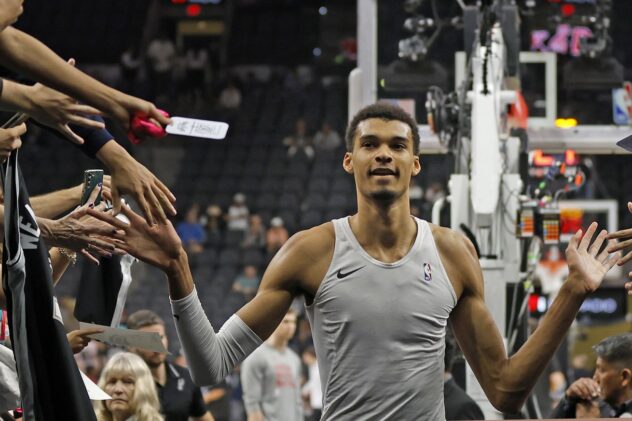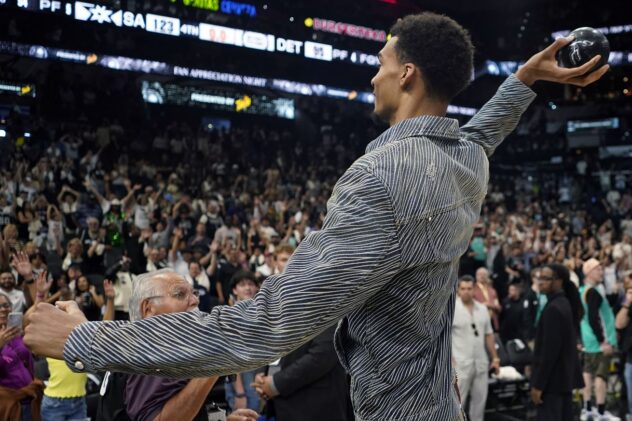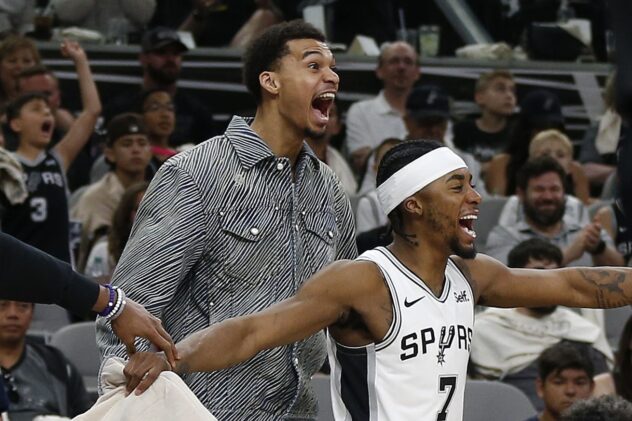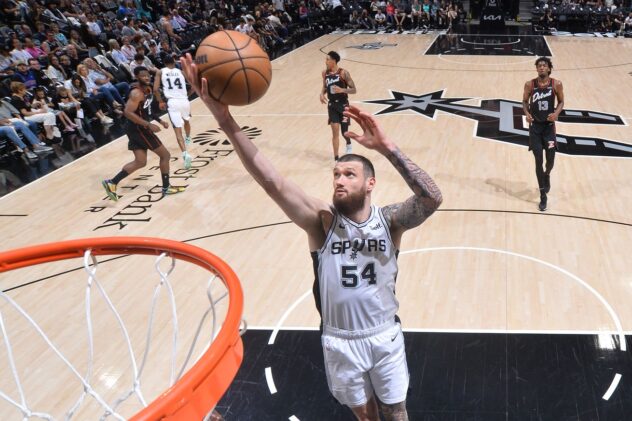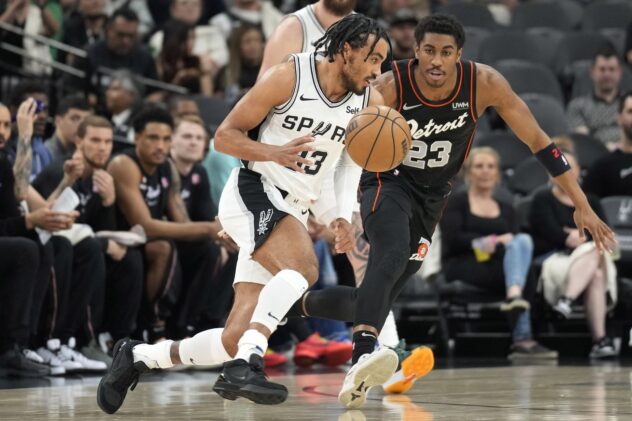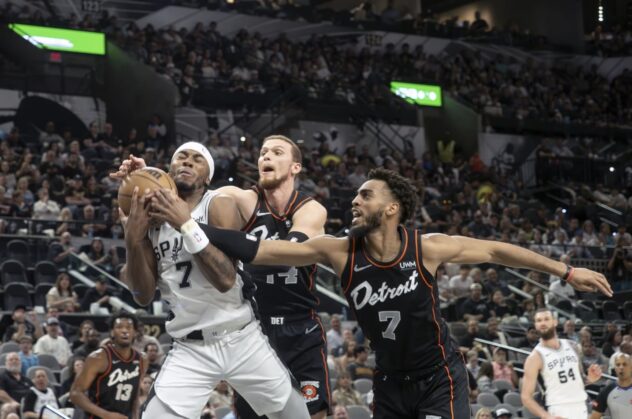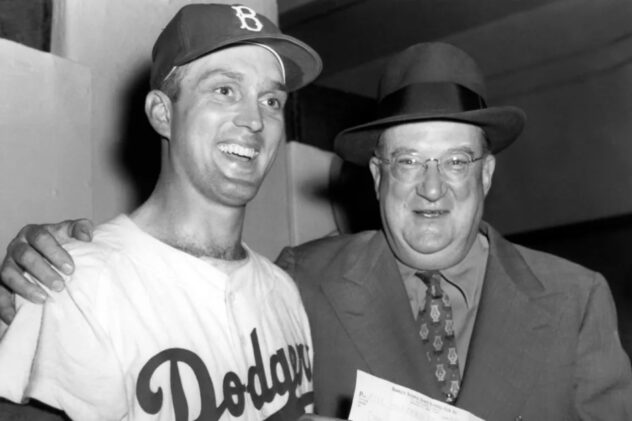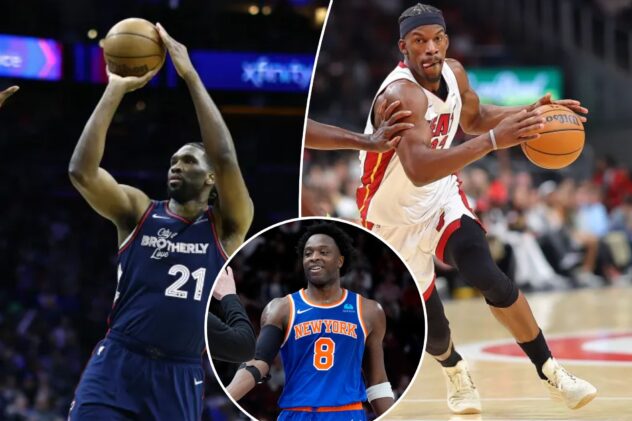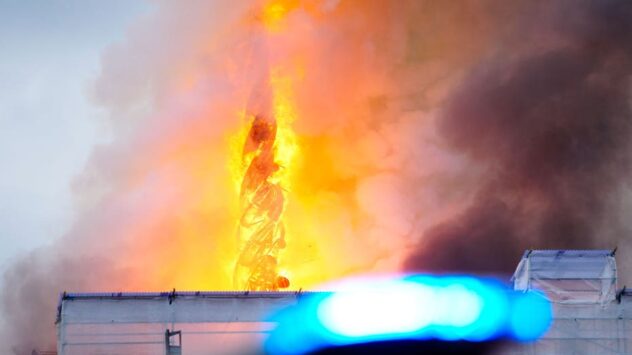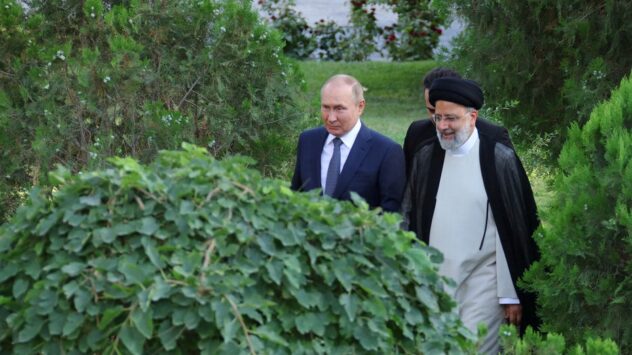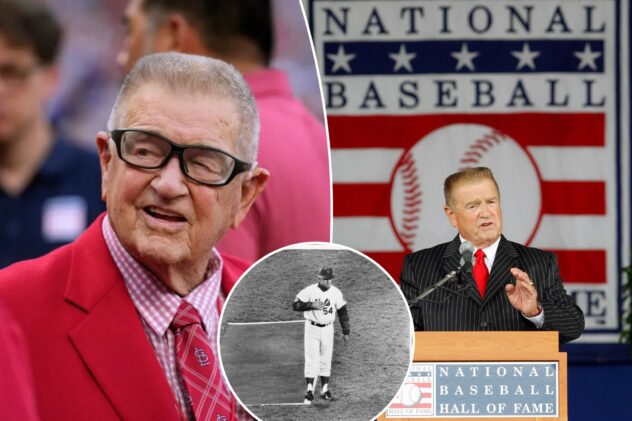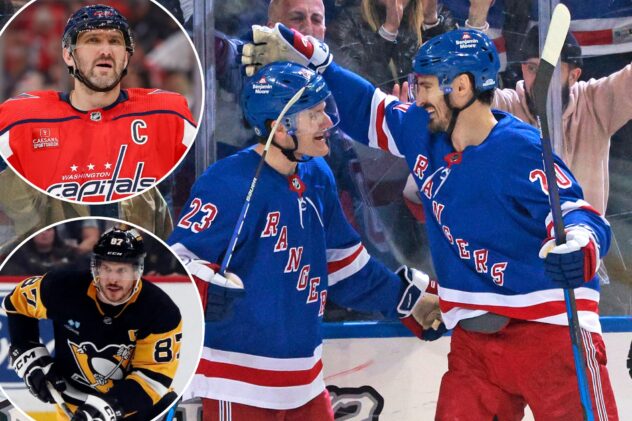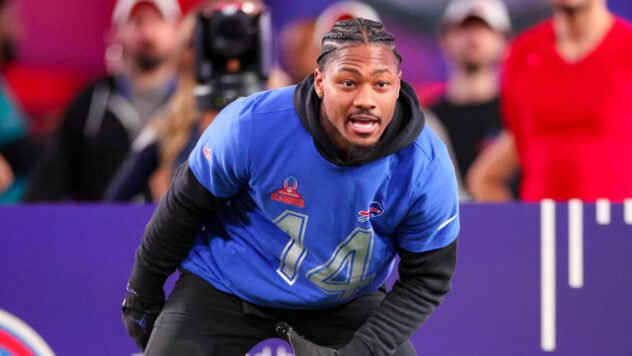Checking in on the 2022 NBA Rookie Class
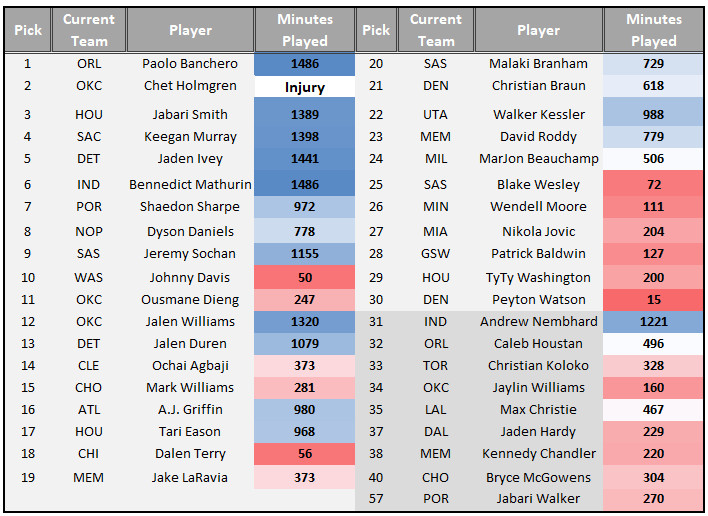
We’re approaching the 50-game mark of a Spurs season focused on young player development and maximizing draft odds (cough, tanking). Thus, it’s a good time to revisit the 2022 draft to orientate to the performances of those selected. The Spurs selected three players in the first round. In the lottery, they selected Jeremy Sochan for 9th overall. In addition, via the DeRozan sign-and-trade, San Antonio traded Thaddeus Young to the Raptors to select Malaki Branham for the 20th pick. The Spurs also selected Blake Wesley 25th in a pick sent from Boston for Derrick White (Josh Richardson and Romeo Langford were also in the deal). Hence, before we get rolling, this trade deadline aside seems relevant.
Depending upon the trade deadline, the yield of the Derrick White trade might be complete:
Below is a yield update of those trades. Anything from the DeRozan deal is a bonus since he was a free agent and didn’t have to return to the team, but he stilled work with them on a sign-and-trade. On the other hand, the Derrick White trade is different since he could have remained with the team. Furthermore, there is a distinct possibility that the yield from the White trade is complete if Richardson stays and Boston remains strong for five more years.
DeRozan Sign-and-Trade yield:
- Thaddeus Young yielded Malaki Branham
- 2025 First-round pick from Chicago (if 11 – 30)
Derrick White Trade Yield:
- Blake Wesley
- Josh Richardson: Is a trade coming?
- Romeo Langford
- 2028 swap option with Boston (top 1 protected)
The Rookies: Playing time
58 rookies were selected in the 2022 NBA Draft (the Bucks and Heat each lost their second round picks due to tampering, which is why it wasn’t 60). 32 of those have played at least 200 minutes. 23 of the 1st-round picks and nine 2nd-round picks have reached 200 minutes. The top three in minutes are Bennedict Mathurin (Pacers), Paolo Banchero (Magic), and Jaden Ivey (Pistons). Outside of Chet Holmgren (injury), only Dyson Daniels (Pelicans) and Johnny Davis (10th pick by Wizards—not NBA-ready) will be at most 1,000 minutes played by the end of this week. The Spurs’ Jeremy Sochan is 8th amongst all rookies in minutes. Malaki Branham is currently 16th in minutes played and 3rd in those selected in 20-30, while injuries held Blake Wesley back. Rocketing up from the 2nd round, the 31st pick, 23-years-old (4-year college player) Andrew Nembhard (Pacers), is 8th in minutes.
Since it’s trade season, I should note that only two players selected 40th onward have played more than 200 minutes. Eight have yet to play a single minute—illustrating how low of value 2/3rds of the 2nd round is within a talent-saturated league (Trading a rotation player requires nearly eight picks if beyond slot 40 for fair compensation!).
The Rookies: Overall Performance
The chart below displays the 24 players with >300 total minutes played compared to the proprietary advanced metric Estimated Plus Minus (EPM) by Taylor Snarr (www.dunksandthrees.com). The horizontal axis is set at the league median of EPM to illustrate how many rookies match this level. Only nine of the 58 drafted rookies reach this standard. Walker Kessler, Utah’s low-usage, rim-protecting center obtained in the Rudy Gobert trade, is the highlight. In addition, the likely rookie of the year, Paolo Banchero, also outshines his peers. He leads all rookies in usage and is already 75th percentile in EPM amongst rotation players. My favorite statistic regarding Paulo illustrates his ability to draw fouls. Mr. Banchero is currently averaging 7.8 free throws per game—which is the 10th highest in the league (nearly matching Keldon’s [5.1 FTA] and Jakob’s [2.9] combined). In addition, he’s fouled on 1/5th of his shot attempts— which is 8th in the league.
:no_upscale()/cdn.vox-cdn.com/uploads/chorus_asset/file/24405065/Total_minutes_and_EPM_rookies_Feb_update.png)
Jeremy Sochan
Our favorite antagonist is in a solid cluster of rookies that have played 1,000 minutes and approaching or exceeding the league average in EPM. Considering he was drafted for his upside, this is a solid place to be. Surprisingly to some, he grades worse as a defender in advanced metrics compared to offense, but this is due to the overall horrific team defense. He’s slightly above average in steal rate but below average in blocks. As a rebounder, he’s 41st percentile on defense but a good offensive rebounder (71st percentile). Finally, Jeremy enjoys passing the ball but, unfortunately, does that to the other team worse than 80% of the league (bottom 19th percentile in turnover percentile). Fortunately, he’s in the top 30% in assist rate and supports my top personal bias regarding The Destroyer—I think he’s going to be a darn good passer.
But it’s shooting that will decide if Mr. Sochan becomes an all-star or a future awkward fit on any team aspiring to win more than 60% of their games. Unfortunately, this is where the squinting and fan goggles are currently required—cause it’s bad. Jeremy is in the league’s bottom 10th percentile in true shooting percentage (52% with a league average near 58%). He’s also in the bottom 9th percentile from behind the arc. Fortunately, he’s a positive 66th percentile from mid-range but at a low volume. Moreover, since switching to the svelte, one-handed technique, he’s 76% from the charity stripe—which gives your author some hope there’s something there. Regardless, this future uncertainty is part of the fun of cheering for a unique player. If he entered the league as a decent shooter, Sacramento would have selected him 4th instead of Keegan Murray, and Jeremy wouldn’t be a Spur.
:no_upscale()/cdn.vox-cdn.com/uploads/chorus_asset/file/24405069/points_per_100_and_true_shooting_rookes_feb_2023.png)
It is good to remember that rookies are especially bad shooters (chart above). Only AJ Griffin and Keegan Murray are the non-centers above league average in true shooting. It’s especially bad for the Spurs’ rookies since both Malaki Branham and Sochan are in the bottom fifth of rookies from behind the arc and in overall true shooting. Shooting development is significant for Branham since he’ll likely not induce much rim pressure as a ball handler.
Shooting: The Big Picture
Shooting accuracy is paramount in the modern NBA, which is a challenge for front offices directing developing teams. Many players earning playing significant playing time on <.500 teams wouldn’t make the rotation of title contenders. To illustrate this, the chart below displays the rotational non-bigs that shot one standard deviation below the playoff league average from behind the arc from the last six teams to make the NBA finals. The most recent champions illustrate the point perfectly. Outside of Draymond Green, the top 7 playoff minute earners shot >34% from three! In fact, our good friend Derrick White was the ONLY non-big within the top 8 of his respective team’s minutes to below one standard deviation of the playoff league average in the most recent NBA finals (pssst…Derrick was a non-starter….on the losing team). The previous Finals had only high-usage Devin Booker, freakish Giannis, and the defensive great Jrue Holiday.
:no_upscale()/cdn.vox-cdn.com/uploads/chorus_asset/file/24405072/3pt_one_sd_below_last_three_finals_plays.PNG)
Despite the exceptions, the trend is clear: Today’s rookies must develop accurate outside shots to be tomorrow’s contenders. Jeremy (28.4%) and Malaki (29.0) have ground to gain and plenty of time to get there.

